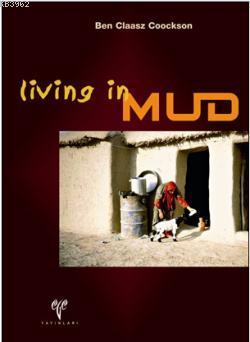9786055607012
383949

https://www.sehadetkitap.com/urun/living-in-mud
Living in Mud
276.00
Ben Claasz Coockson, was born in 1956 in The Hague, The Netherlands. Worked in his own Archaeological Buro in Holland from where he was in 1986 sent to Syria to do the architectural work on the excavation site of Tell Hammam et Turkman, this was the first introduction with mud-brick. Almost all the architectural remains on the Tell were mud-brick and a quick understanding of this for him unknown material was necessary. The excavation house and everything else in the neighbourhood were mud-based, so the title of this work is directly related to the work-living situation of that expedition.
After Syria, excavation projects in Turkey followed and he migrated in 1990 permanent to Ankara. Here he worked till 1995 for the British Institute of Archaeology in Ankara (BIAA) and since 1997 he teaches fulltime in the Department of Archaeology, Bilkent University (Ankara). The rapid transition from mud-brick to concrete in the last 30 years and the need for archaeology students to see the possibilities and variations with this plastic material were the main motivation to create Living In Mud
Ben Claasz Coockson, was born in 1956 in The Hague, The Netherlands. Worked in his own Archaeological Buro in Holland from where he was in 1986 sent to Syria to do the architectural work on the excavation site of Tell Hammam et Turkman, this was the first introduction with mud-brick. Almost all the architectural remains on the Tell were mud-brick and a quick understanding of this for him unknown material was necessary. The excavation house and everything else in the neighbourhood were mud-based, so the title of this work is directly related to the work-living situation of that expedition.
After Syria, excavation projects in Turkey followed and he migrated in 1990 permanent to Ankara. Here he worked till 1995 for the British Institute of Archaeology in Ankara (BIAA) and since 1997 he teaches fulltime in the Department of Archaeology, Bilkent University (Ankara). The rapid transition from mud-brick to concrete in the last 30 years and the need for archaeology students to see the possibilities and variations with this plastic material were the main motivation to create Living In Mud
Yorum yaz
Bu kitabı henüz kimse eleştirmemiş.











